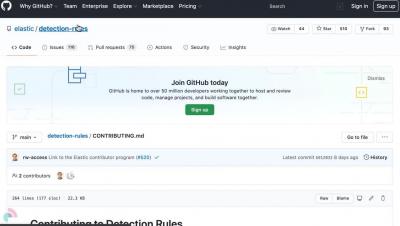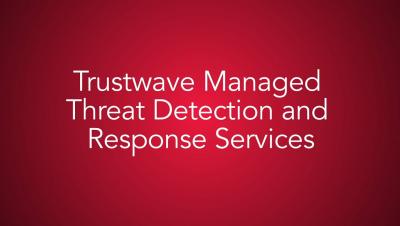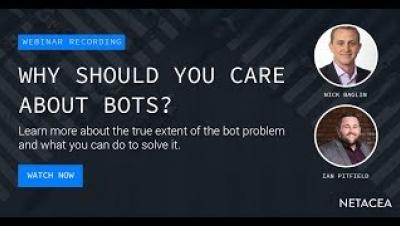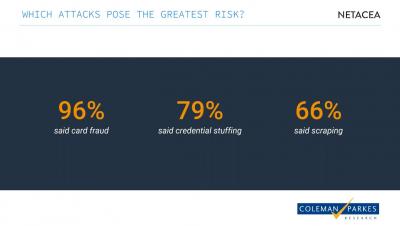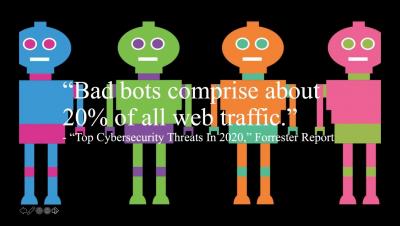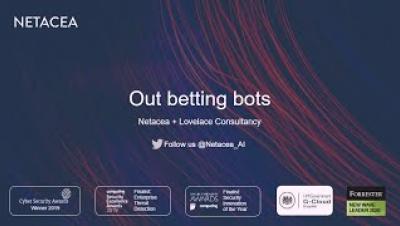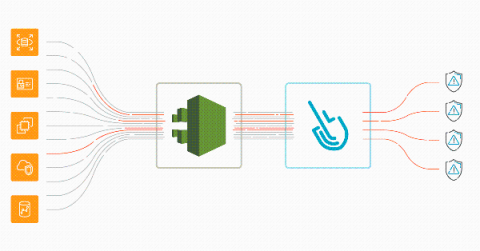Security | Threat Detection | Cyberattacks | DevSecOps | Compliance
Threat Detection
How to Enable Detection Rules via Elastic Security - Version 7.10
How SIEM tools are going to be the future of threat detection
Security Information and Event Management (SIEM) in the cybersecurity domain started out as a compliance tool but has now evolved into an advanced threat detection platform for organisations. During the development journey of SIEM tools, there was a brief period when it was considered that SIEM is ‘dead’ but it was not because of the absence of the need for it but because SIEM's fundamental capabilities needed an upgrade.
Trustwave Managed Threat Detection and Response (MTDR)
Why Should You Care About Bots?
Fighting back at bots with Scott Helme
Uncovering Bots in eCommerce Netacea Webinar
What lies beneath your website traffic with Forrester Research
Gaming & Gambling Bots Featuring Lovelace Consultancy
AWS threat detection using CloudTrail and Sysdig Secure
Implementing AWS threat detection with Sysdig Secure takes just a few minutes. Discover how to improve the security of your cloud infrastructure using AWS CloudTrail and Sysdig Cloud Connector. With the rise of microservices and DevOps practices, a new level of dangerous actors threatens the cloud environment that governs all of your infrastructure. A malicious or inattentive cloud API request could have a sizable impact on availability, performance, and last but not least, billing.



